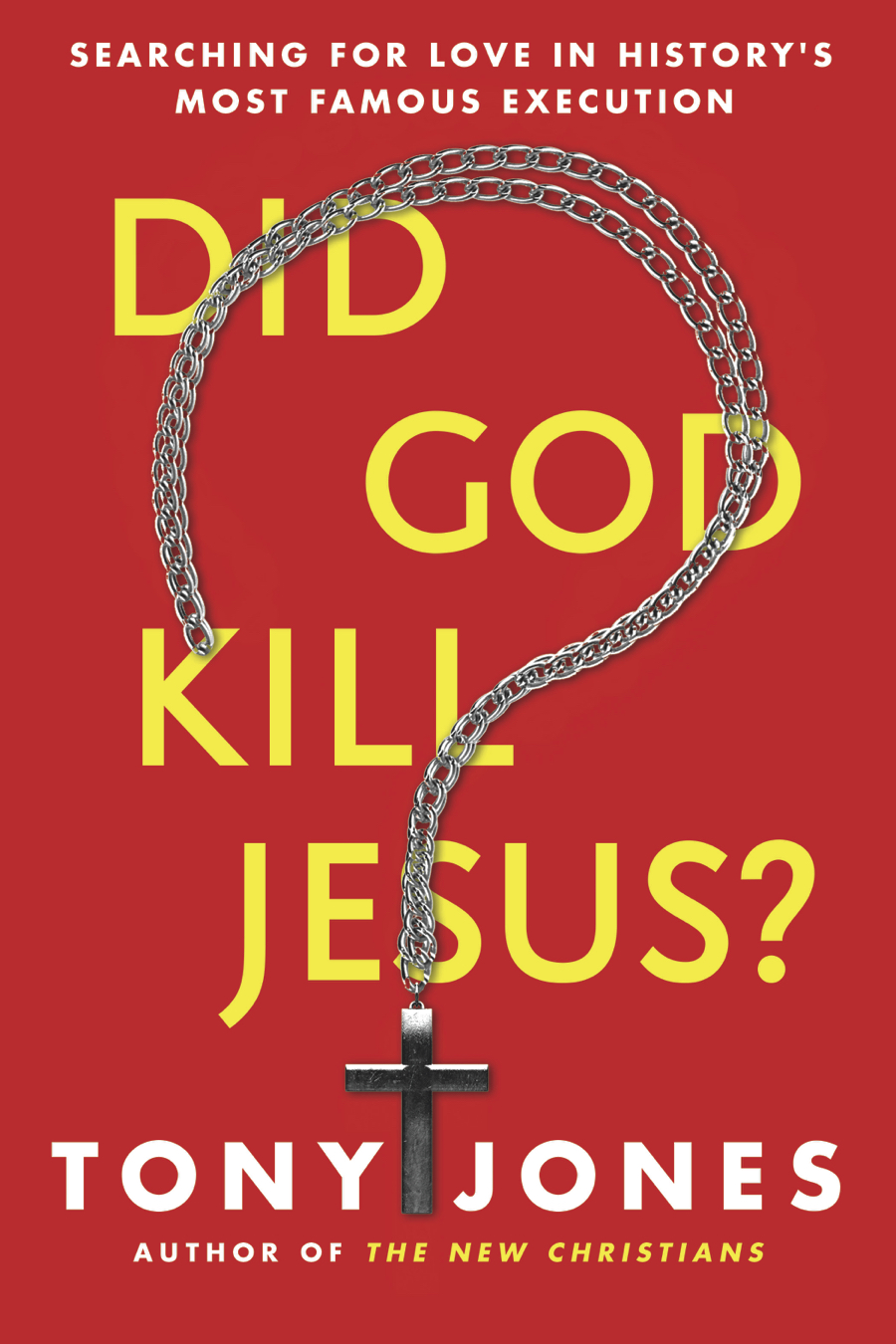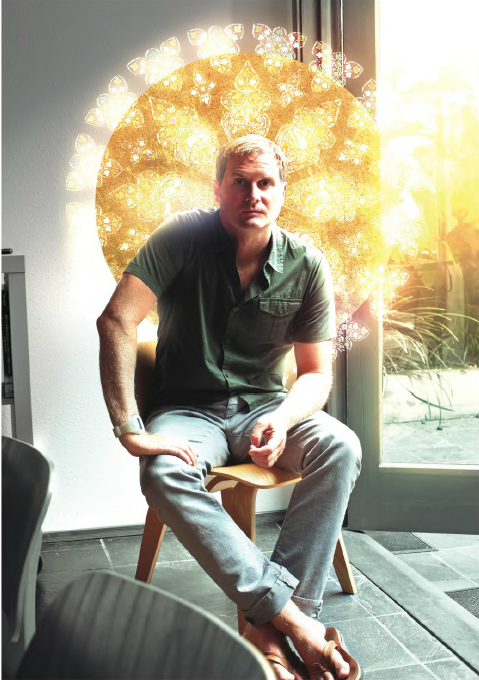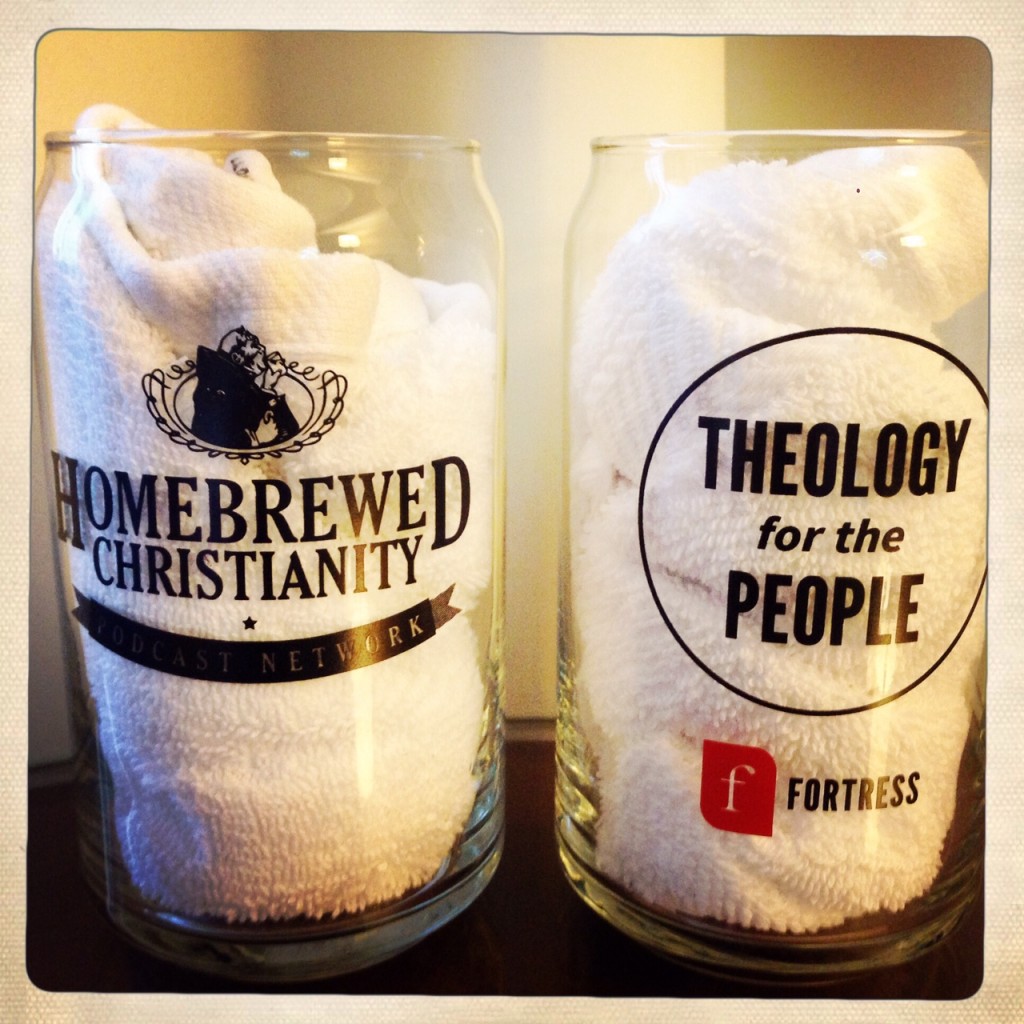Many of my blog readers will be familiar with Christian Smith’s excellent book, Soul Searching: The Religious and Spiritual and Lives of American Teenagers. It is, quite simply, the best quantitative study on teenage religiosity ever published, and it was based on the most comprehensive sociological survey of teenage religion ever undertaken. In fact, Smith’s research actually undermined my own assumption in Postmodern Youth Ministry that many American teens are “spiritual but not religious.” They’re not, Smith found. Instead, they’re quite religiously conventional. That is, however religious their parents are, that’s how religious they are.
Well, Chris was nice enough to send me a complimentary copy of the FILM that has just been released about the project. And let me say this: If I were a youth pastor, I’d set up a screening for all the parents at church as soon as possible.
The movie is part-documentary, part complement to the book. It definitely spends the most time on Christian teens (since they do make up 85% of the population), but also profiles a Jewish teen and a Mormon teen. In line with Chris’s book, the Mormon boy—a cool-looking surfer from Southern California—is the most impressive kid in the film. The Jewish girl is a close second.
One of the Christian ministries profiled is Outreach Red Bank in New Jersey. I’ve known of this youth group and met its founder, Christian Andrews, and they deserve a place in this film. Honestly, I would be hard-pressed to minister in New Jersey, since I find it such a depressing place. Another kid in the film, who endeavors to be a filmmaker himself, describes his New Jersey high school as a “horrible place.”
The movie is not perfect. You don’t really get to know any one kid well to fully empathize with him or her. They might have done better to spend 15 or 20 minutes on four kids instead of 5 minutes each on 10 kids. Catholics and Muslims will feel cheated, as will Wiccans, Hindus, and Buddhists. And there are at least two typos in the occasional subtitles (used when the teens have thick accents), which makes me think it might have been rushed a bit in production.
But those quibbles aside, this movie must be shown at churches and, I hope, at the YS Conventions next fall. For the best parts, I think, are when Chris Smith looks directly in the camera and clearly explains that religiosity is good for teens (by every measure), and teen religiosity is a direct result of parental influence.











